When President Trump announced the Payment Protection Program (PPP) loan, many businesses rushed to apply. In just over four months, the PPP issued $525 billion in loans to 5.2 million borrowers. Businesses are now waiting on forgiveness, and to date, no loans have been forgiven. We have compiled a list of essential facts you need to know before applying for the PPP Loan forgiveness.
- No need to rush and apply – even though you may feel better about doing it
- For loans received before June 5, 2020, you have the option of an eight-week or 24-week covered period – determine which timeframe works best for you
- For loans received June 5 and after your covered period is 24 weeks
- Important Items to Consider:
- You must maintain all documentation to support your initial application
- You must maintain all documentation to support your loan forgiveness application
- All documentation must be kept for six years – it is recommended to PRINT everything and maintain in a folder or binder for complete and easy access. Six years from now – you may not find it electronically.
- Even though the SBA has indicated they do not plan to audit applications under $2MM, they have the right to look at ALL applications.
- On the initial application there was a certification regarding “economic uncertainty.” It is recommended to prepare a memorandum to the file supporting your reasoning behind applying. Along with that, it is recommended to maintain, in the same file, any customer communications indicating business was softening and your concern for “uncertainty.” Otherwise hindsight is 20/20, and it may be difficult to substantiate your position.
- Please contact us and we would be pleased to review and/or assist you with your application and any other documentation you may have before submission.
- Determine if you are eligible to apply using the SBA Form 3508EZ. To be eligible, one of the following must apply; otherwise complete the full loan forgiveness application:
- The Borrower is a self-employed individual, independent contractor, or sole proprietor who had no employees at the time of the PPP loan application and did not include any employee salaries in the computation of average monthly payroll in the Borrower Application Form.
-
- The Borrower did not reduce the annual salary or hourly wages of any employee by more than 25 percent during the Covered Period or the Alternative Payroll Covered Period (as defined below) compared to the period between Jan. 1, 2020, and March 31, 2020 (for purposes of this statement, “employees” means only those employees that did not receive, during any single period during 2019, wages or salary at an annualized rate of pay in an amount more than $100,000);
AND
-
- The Borrower did not reduce the number of employees or the average paid hours of employees between Jan. 1, 2020, and the end of the Covered Period. (Ignore reductions that arose from an inability to rehire individuals who were employees on Feb. 15, 2020, if the Borrower was unable to hire similarly qualified employees for unfilled positions on or before Dec. 31, 2020. Also, ignore reductions in an employee’s hours that the Borrower offered to restore and the employee refused.)
-
- The Borrower did not reduce annual salary or hourly wages of any employee by more than 25 percent during the Covered Period or the Alternative Payroll Covered Period (as defined below) compared to the period between Jan. 1, 2020 and March 31, 2020 (for purposes of this statement, “employees” means only those employees that did not receive, during any single period during 2019, wages or salary at an annualized rate of pay in an amount more than $100,000);
AND
-
- The Borrower was unable to operate during the Covered Period at the same level of business activity as before Feb. 15, 2020, due to compliance with requirements established or guidance issued between March 1, 2020 and Dec. 31, 2020 by the Secretary of Health and Human Services, the Director of the Centers for Disease Control and Prevention, or the Occupational Safety and Health Administration, related to the maintenance of standards of sanitation, social distancing, or any other work or customer safety requirement related to COVID-19.
- Assess the covered period that best applies to you. If you received your loan before June 5, 2020, you can elect either an eight-week (56 day) covered period or the 24-week (168 day) covered period; however, the covered period cannot extend beyond Dec. 31, 2020. For loans June 5, 2020 or after, you must use the 24-week period but no later than Dec. 31, 2020.
- Your Covered Period begins on the day you received your loan proceeds.
- The Alternative Covered Period for PAYROLL. Borrowers with a biweekly (or more frequent) payroll schedule may elect to calculate eligible payroll costs using the 24-week (168-day) period or for loans received before June 5, 2020 at the election of the borrower, the eight-week (56-day) period that begins on the first day of their first pay period following their PPP Loan Disbursement Date.
- What payroll costs should be included:
- payroll costs incurred during the Covered Period or the Alternative Payroll Covered Period but paid after the Covered Period or the Alternative Payroll Covered Period are eligible for loan forgiveness if the payroll costs are paid on or before the next regular payroll date after the Covered Period or Alternative Payroll Covered Period,
- payroll costs incurred before the Covered Period but paid during the Covered Period are eligible for loan forgiveness,
- payroll costs include all forms of cash compensation (cash compensation is the gross amount before deductions for taxes or similar items),
- payroll costs include all forms of cash compensation (tips, commissions, bonuses, hazard pay) however limited to $100,000 per employee on an annualized basis,
- employer portion of expenses for group health care benefits paid or incurred during the Covered period or Alternative Covered Period,
- employer portion of retirement benefits paid or incurred by the borrower during the Covered period or Alternative Covered Period.
-
- How is the amount of owner compensation that is eligible for loan forgiveness determined?
- The amount of compensation of owners who work at their business that is eligible for forgiveness depends on the business type and whether the borrower is using an eight-week or 24-week Covered Period. In addition to the specific caps described below, the amount of loan forgiveness requested for owner-employees and self-employed individuals’ payroll compensation is capped at $20,833 per individual in total across all businesses in which he or she has an ownership stake. For borrowers that received a PPP loan before June 5, 2020 and elect to use an eight-week Covered Period, this cap is $15,385. If their total compensation across businesses that receive a PPP loan exceeds the cap, owners can choose how to allocate the capped amount across different businesses. The examples below are for a borrower using a 24-week Covered Period.
- How is the amount of owner compensation that is eligible for loan forgiveness determined?
-
-
- C Corporations: The employee cash compensation of a C-corporation owner-employee, defined as an owner who is also an employee (including where the owner is the only employee), is eligible for loan forgiveness up to the amount of 2.5/12 of his or her 2019 employee cash compensation. Cash compensation is defined as it is for all other state and local taxes paid by the borrowers and assessed on their compensation, for the amount paid by the borrower for employer contributions for their employee health insurance, and employer retirement contributions to their employee retirement plans capped at the amount of 2.5/12 of the 2019 employer retirement contribution. Payments other than for cash compensation should be included on lines 6-8 of PPP Schedule A of the loan forgiveness application (SBA Form 3508 or lender equivalent), for borrowers using that form, and do not count toward the $20,833 cap per individual.
-
-
-
- S Corporations: The employee cash compensation of an S-corporation owner-employee, defined as an owner who is also an employee, is eligible for loan forgiveness up to the amount of 2.5/12 of their 2019 employee cash compensation, with cash compensation defined as it is for all other employees. Borrowers are also eligible for loan forgiveness for payments for employer state and local taxes paid by the borrowers and assessed on their compensation, and for employer retirement contributions to their employee retirement plans capped at the amount of 2.5/12 of their 2019 employer retirement contribution. Employer contributions for health insurance are not eligible for additional forgiveness for S-corporation employees with at least a 2% stake in the business, including for employees who are family members of an at least 2% owner under the family attribution rules of 26 U.S.C. 318, because those contributions are included in cash compensation. The eligible non-cash compensation payments should be included on lines 7 and 8 of PPP Schedule A of the Loan Forgiveness Application (SBA Form 3508), for borrowers using that form, and do not count toward the $20,833 cap per individual.
-
-
-
- Self-employed Schedule C (or Schedule F) filers: The compensation of self-employed Schedule C (or Schedule F) individuals, including sole proprietors, self-employed individuals, and independent contractors, that is eligible for loan forgiveness is limited to 2.5/12 of 2019 net profit as reported on IRS Form 1040 Schedule C line 31 (or 2.5/12 of 2019 net farm profit, as reported on IRS Form 1040 Schedule F line 34) (or for new businesses, the estimated 2020 Schedule C (or Schedule F) referenced in question 10 of “Paycheck Protection Program: How to Calculate Maximum Loan Amounts – By Business Type”3). Separate payments for health insurance, retirement, or state or local taxes are not eligible for additional loan forgiveness; as these expenses, health insurance and retirement expenses are paid out of their net self-employment income. If the borrower did not submit its 2019 IRS Form 1040 Schedule C (or F) to the Lender when the borrower initially applied for the loan, it must be included with the borrower’s forgiveness application.
-
-
-
- General Partners: The compensation of general partners that is eligible for loan forgiveness is limited to 2.5/12 of their 2019 net earnings from self-employment that is subject to self-employment tax, which is computed from 2019 IRS Form 1065 Schedule K-1 box 14a (reduced by box 12 section 179 expense deduction, unreimbursed partnership expenses deducted on their IRS Form 1040 Schedule SE, and depletion claimed on oil and gas properties) multiplied by 0.9235. Compensation is only eligible for loan forgiveness if the payments to partners are made during the Covered Period or Alternative Payroll Covered Period. Separate payments for health insurance, retirement, or state or local taxes are not eligible for additional loan forgiveness. If the partnership did not submit its 2019 IRS Form 1065 K-1s when initially applying for the loan, it must be included with the partnership’s forgiveness application. This treatment follows the computation of self-employment tax from IRS Form 1040 Schedule SE Section A-line 4 and removes the “employer” share of self-employment tax, consistent with how payroll costs for employees in the partnership are determined.
-
-
-
- LLC owners: LLC owners must follow the instructions that apply to how their business was organized for tax filing purposes for tax year 2019, or if a new business, the expected tax filing situation for 2020.
-
- What nonpayroll costs should be included:
- Only those nonpayroll costs incurred or paid during the Covered Period, (therefore including nonpayroll costs incurred before the Covered Period, but paid during the Covered Period), are eligible for loan forgiveness
- Eligible nonpayroll costs including – business mortgage interest (interest on real, personal property, and other secured credit) costs, eligible business rent or lease costs, and eligible business utility costs (including telephone or internet) incurred before the Covered Period and paid during the Covered Period are eligible for loan forgiveness.
- Determination of Full-Time Equivalents (FTEs)
- Average FTE: calculate the average full-time equivalency (FTE) during the Covered Period or the Alternative Payroll Covered Period. For each employee, enter the average number of hours paid per week, divide by 40, and round the total to the nearest tenth. The maximum for each employee is capped at 1.0. A simplified method that assigns a 1.0 for employees who work 40 hours or more per week and 0.5 for employees who work fewer hours may be used at the election of the Borrower.
-
- This calculation will be used to determine whether the Borrower’s loan forgiveness amount must be reduced due to a statutory requirement concerning reductions in full-time equivalent employees. Borrowers are eligible for loan forgiveness for certain expenditures during the Covered Period or the Alternative Payroll Covered Period. However, the actual loan forgiveness amount that the Borrower will receive may be less, depending on whether the Borrower’s average weekly number of FTE employees during the Covered Period or the Alternative Payroll Covered Period was less than during the Borrower’s chosen reference period. For purposes of this calculation, the reference period is, at the Borrower’s election, either (i) Feb. 15, 2019 to June 30, 2019; (ii) Jan. 1, 2020 to Feb. 29, 2020; or (iii) in the case of seasonal employers, either of the preceding periods or any consecutive 12-week period between May 1, 2019 and Sept. 15, 2019. The Borrower is exempt from such a reduction if either of the FTE Reduction Safe Harbors applies.
-
-
- FTE Reduction Exceptions: Indicate the FTE of
-
-
-
- any positions for which the Borrower made a good-faith, written offer to rehire an individual who was an employee on Feb. 15, 2020 and the Borrower was unable to hire similarly qualified employees for unfilled positions on or before Dec. 31, 2020;
- any positions for which the Borrower made a good-faith, written offer to restore any reduction in hours, at the same salary or wages, during the Covered Period or the Alternative Covered Period and the employee rejected the offer, and
- any employees who during the Covered Period or the Alternative Payroll Covered Period (a) were fired for cause, (b) voluntarily resigned, or (c) voluntarily requested and received a reduction of their hours. In all of these cases, include these FTEs on this line only if the position was not filled by a new employee. Any FTE reductions in these cases do not reduce the Borrower’s loan forgiveness.
-
-
-
- FTE Reduction Safe Harbors Two separate safe harbors exempt certain borrowers from:
-
-
-
- the Borrower is exempt from the reduction in loan forgiveness based on a reduction in FTE employees described above if the Borrower, in good faith, is able to document that it was unable to operate between Feb. 15, 2020, and the end of the Covered Period at the same level of business activity as before Feb. 15, 2020, due to compliance with requirements established or guidance issued between March 1, 2020 and Dec. 31, 2020, by the Secretary of Health and Human Services, the Director of the Centers for Disease Control and Prevention, or the Occupational Safety and Health Administration, related to the maintenance of standards for sanitation, social distancing, or any other worker or customer safety requirement related to COVID-19.
- the Borrower is exempt from the reduction in loan forgiveness based on a reduction in FTE employees described above if both of the following conditions are met:
- The Borrower reduced its FTE employee levels in the period beginning Feb. 15, 2020, and ending April 26, 2020; and
- The Borrower then restored its FTE employee levels by not later than Dec. 31, 2020 to its FTE employee levels in the Borrower’s pay period that included Feb. 15, 2020.
-
- How do borrowers calculate the reduction in their loan forgiveness amount arising from reductions in employee salary or hourly wage?
- Certain pay reductions during the Covered Period or the Alternative Payroll Covered Period may reduce the amount of loan forgiveness a borrower will receive. If the salary or hourly wage of a covered employee is reduced by more than 25% during the Covered Period or the Alternative Payroll Covered Period, the portion in excess of 25% reduces the eligible forgiveness amount unless the borrower satisfies the Salary/Hourly Wage Reduction Safe Harbor (as described in the Loan Forgiveness Application (SBA Form 3508 or lender equivalent)).
If you have any questions regarding the PPP loan or applying for forgiveness, please contact us. We are happy to assist you as you navigate this process.
Featured Post

Featured Client Testimonials
BW is a true partner to us. Their knowledge, expertise, and service are a valuable resource to us and play an important role in our success!
John Allen - Vice President of Finance, Kaufman Container
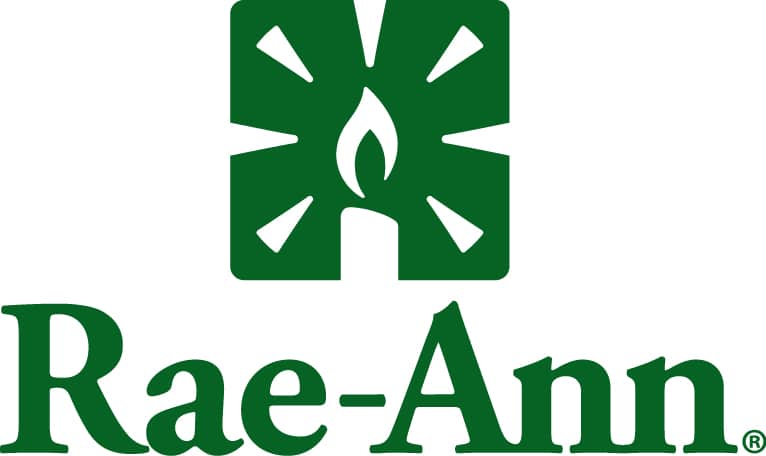
Featured Client Testimonials
I appreciate the exceptional tax advice we received over the years. The (BW team) has a good grasp of our business needs. Thank you for your excellent service.
John Griffiths - Owner, Rae Ann, Inc.
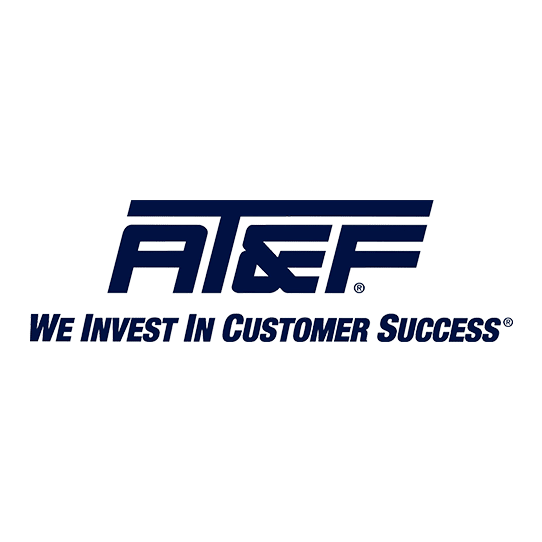
Featured Client Testimonials
Barnes Wendling has been our company accountants for over seven years. Their knowledge has been instrumental in helping us grow strategically during this time. And although we’ve seen many changes in our economy that we cannot control, we’ve always been able to trust the Barnes team to be by our side. The Barnes team feels like family. We can’t thank them enough for their support!
Christine Kloss - Controller, AT&F
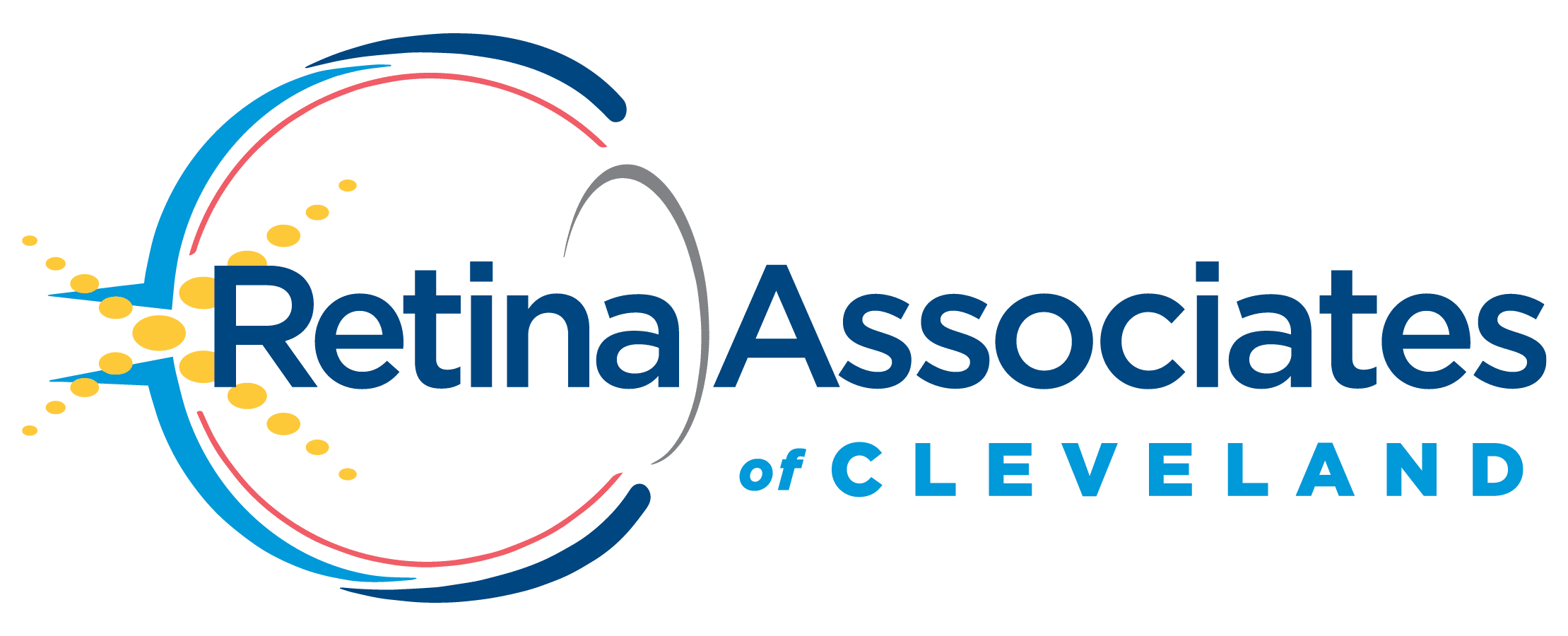
Featured Client Testimonials
Barnes Wendling has been our company accountants for over 15 years. During this time, the business has grown exceptionally, and Barnes has kept pace, providing accurate, quality advice. Our finances are more efficient than ever, and the expense of hiring Barnes has been a definite positive add to our bottom line. I give my highest recommendation to their firm.
David Miller, MD - President, Retina Associates of Cleveland

Featured Client Testimonials
Barnes Wendling has provided us guidance and recommendations that have strategically helped strengthen our business and position ourselves for growth. We needed to hire a new VP of Finance and Controller this past year, and they were instrumental in helping us find the best candidates for our company.
Sara Blankenship - President, Kaufman Container

Featured Client Testimonials
We value the trust, accuracy of information, and reliability of Barnes Wendling and Mike Essenmacher personally. Mike has been instrumental as a trusted advisor on accounting, tax, and personnel issues. His advice is always accurate, and he is very reliable. His associates are also very talented.
Dominic Ozanne - President and CEO, Ozanne Construction Company

Featured Client Testimonials
We value Barnes Wendling’s expertise with all things accounting so we can operate our business using our strengths and allowing them to be our experts. They have also brought me a few business sale opportunities to allow me to grow my assets.
John Gaydosh - President and Metallurgical Engineer, Ohio Metallurgical Service
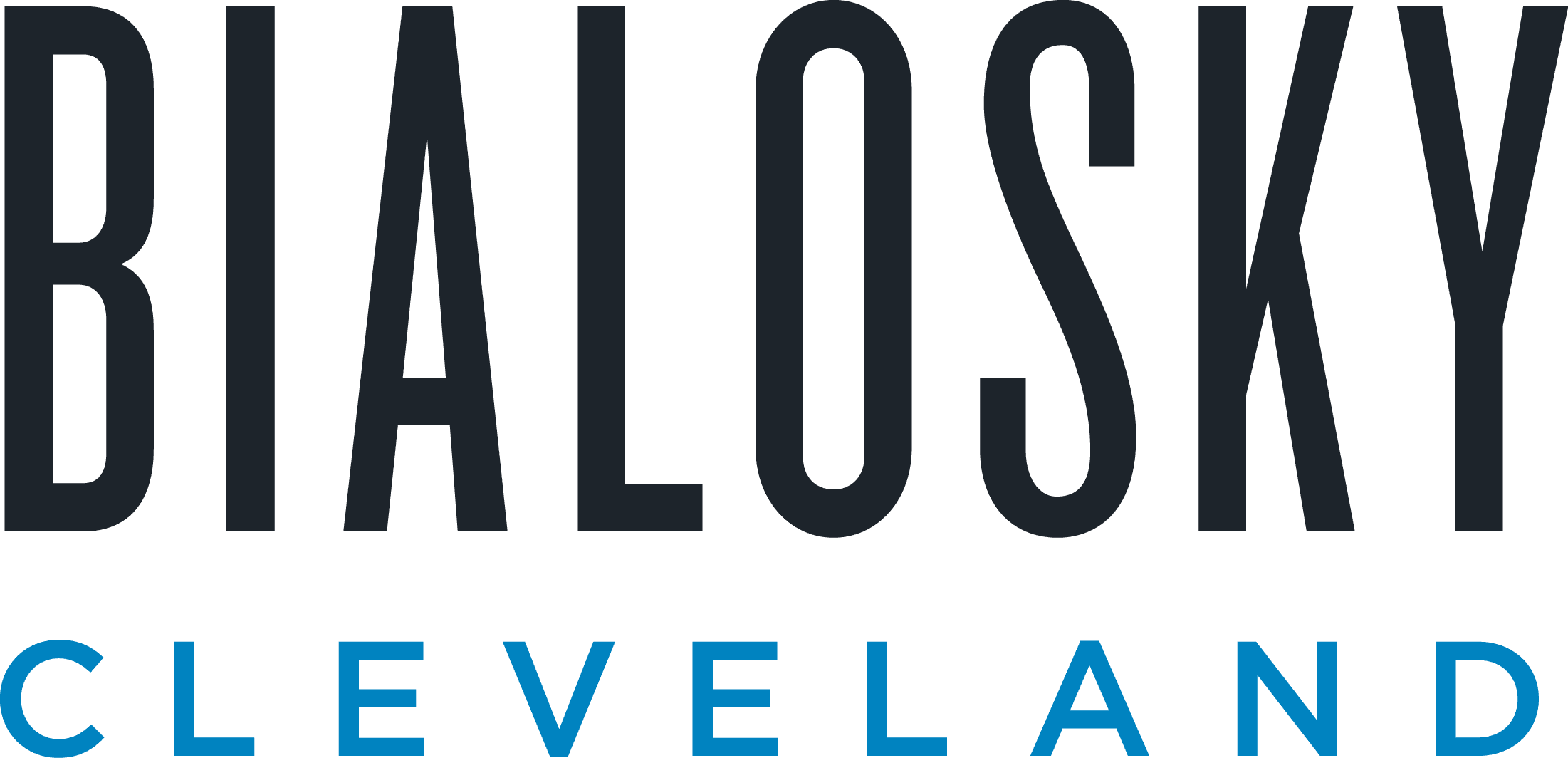
Featured Client Testimonials
Barnes Wendling (especially Lena) did a great job with our financials. Everything. It is extremely refreshing and comforting to know that all of our numbers are not only correct, but they are in the right place(s). Your diligence and reporting truly does make me (personally) feel better.
Thomas Adomaitis - Controller, Bialosky Cleveland

Featured Client Testimonials
I can wholeheartedly tell you that I have yet to work with an audit or tax team that have been more helpful, easy to work with, and committed than the team at Barnes Wendling- I have been through three different firms in the last few years.
Michelle Saylor, Former Controller, Aero Mag
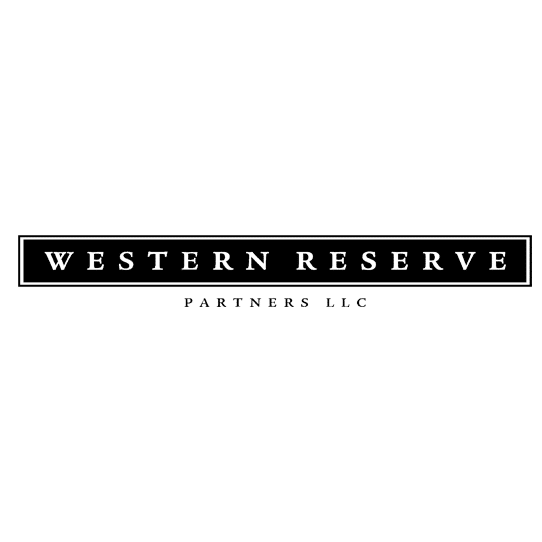
Featured Client Testimonials
Floyd Trouten at Barnes Wendling CPAs is an “expert’s expert” when it comes to M & A accounting. Not only does he understand the evolving details of the Tax Code but he also sees the fine points of their application for owners, managers, investors, and financiers.
Mark A. Filippell, Western Reserve Partners

Featured Client Testimonials
The service is amazing at Barnes Wendling CPAs. The benefit is worth more than the cost. Sometimes it’s true that you get what you pay for.
Mark Boucher - Former Owner, Castle Heating & Air






